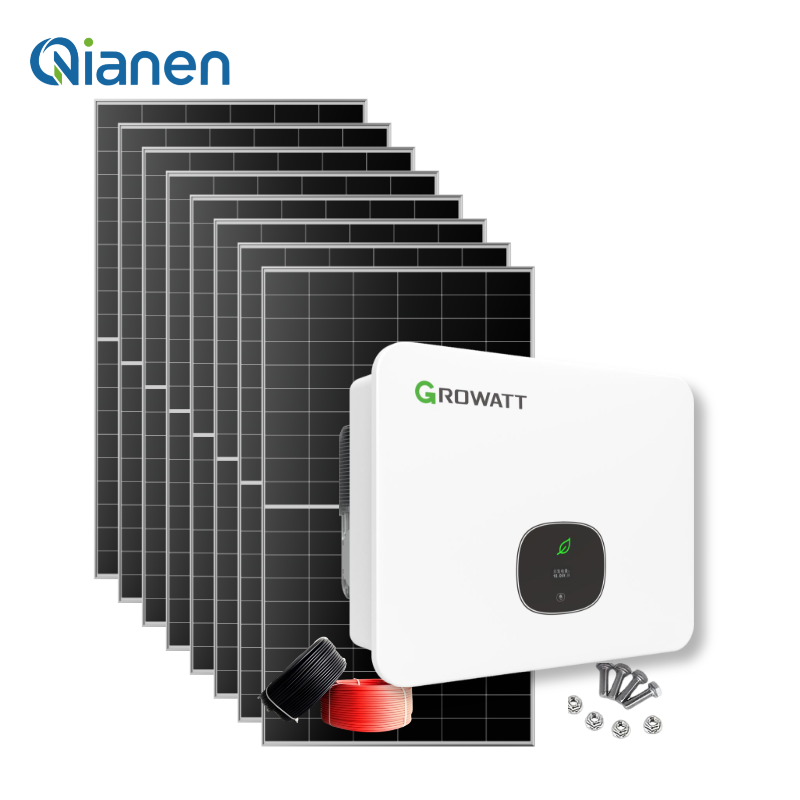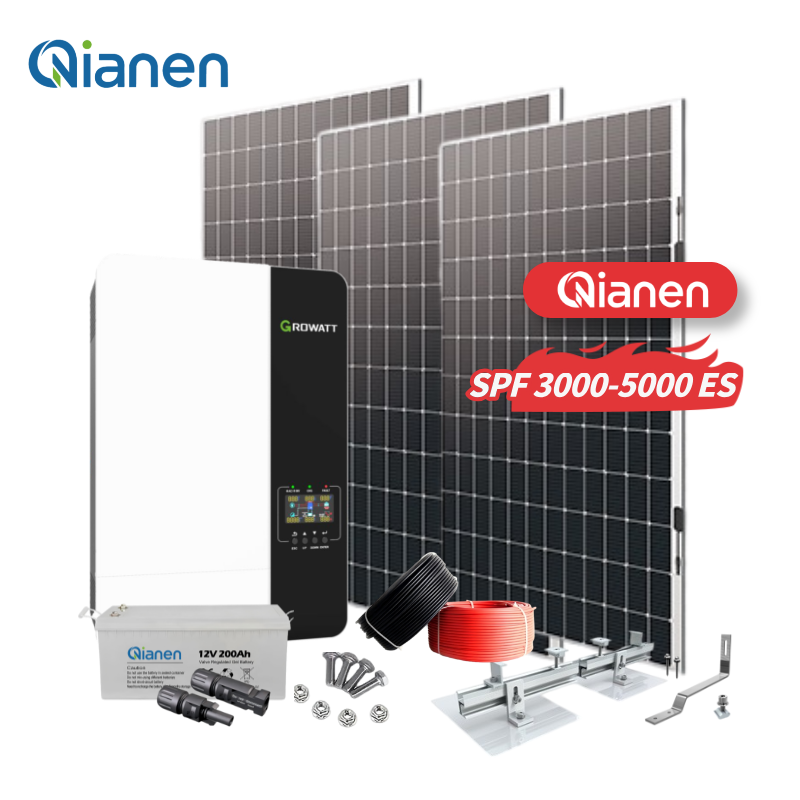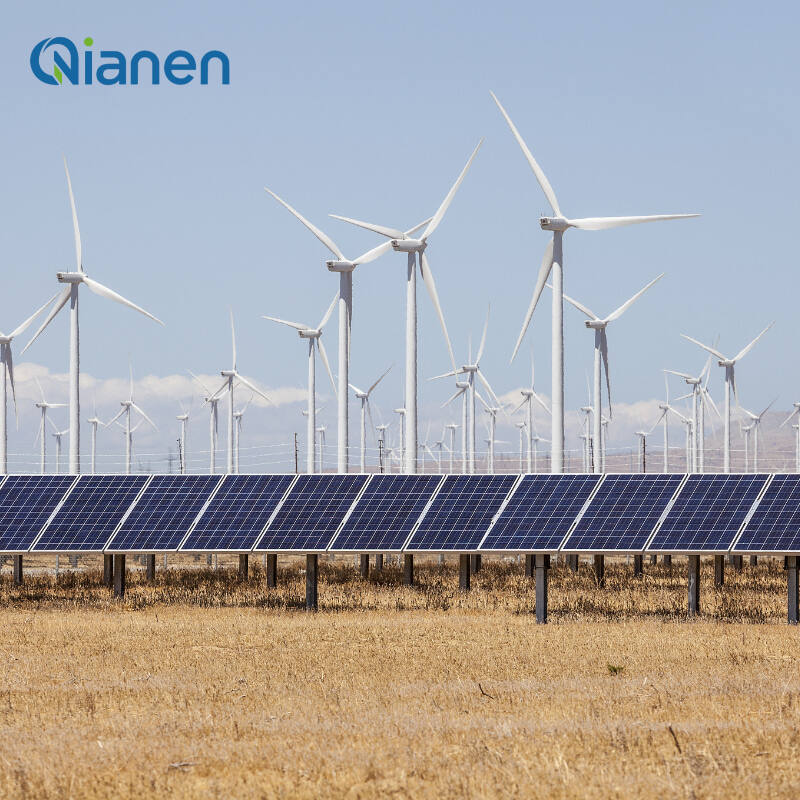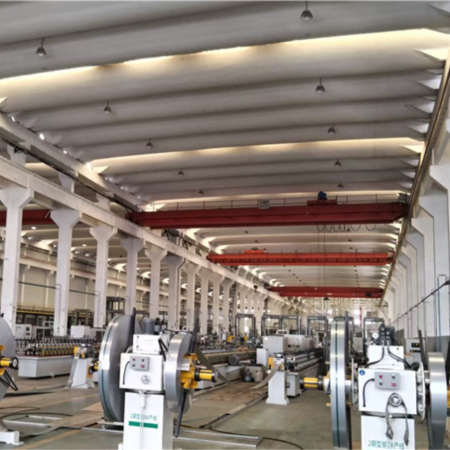Understanding Modern Home Solar Power Solutions
The evolution of residential solar technology has transformed how we think about powering our homes. A solar system for household use has become increasingly sophisticated, offering homeowners the potential to run all their appliances while significantly reducing their carbon footprint and energy costs. Today's solar solutions combine advanced photovoltaic panels, efficient storage systems, and smart power management to create a comprehensive energy solution for modern homes.
Components of a Complete Home Solar Power System
Solar Panel Arrays and Their Capabilities
The foundation of any solar system for household power generation begins with the solar panel array. Modern panels can convert up to 23% of sunlight into usable electricity, with premium models offering even higher efficiency rates. A typical residential installation might include 20-30 panels, depending on the home's energy requirements and available roof space. These arrays are designed to withstand various weather conditions while maintaining optimal performance throughout their 25-30 year lifespan.
Battery Storage Solutions
Energy storage is crucial for maintaining consistent power supply to home appliances. Contemporary lithium-ion battery systems can store substantial amounts of electricity generated during peak sunlight hours for use during nighttime or cloudy periods. Many households opt for a 10-15kWh battery system, which can typically store enough energy to power essential appliances through the night.
Inverter Technology and Power Management
Advanced inverter systems convert the DC power generated by solar panels into AC power used by household appliances. Modern inverters include sophisticated power management features that optimize energy distribution throughout the home, ensuring efficient use of available solar power. Some systems even learn usage patterns to better predict and manage energy needs.

Powering Different Categories of Home Appliances
High-Consumption Appliances
Large appliances like refrigerators, air conditioners, and electric water heaters traditionally consume the most electricity in a household. A well-designed solar system for household use can handle these power-hungry devices through proper sizing and strategic energy management. Modern energy-efficient appliances paired with solar power can operate seamlessly while minimizing grid dependence.
Daily Use Electronics and Lighting
Smaller appliances and electronics, including LED lighting, computers, televisions, and kitchen appliances, typically require less power and can be easily sustained by a residential solar setup. The key is implementing energy-efficient options and smart power management systems to optimize consumption patterns.
Seasonal Energy Requirements
Solar systems must account for varying seasonal demands, particularly heating and cooling needs. Winter months might require more energy for heating, while summer brings increased air conditioning usage. A properly sized solar system for household use can accommodate these seasonal fluctuations through careful planning and adequate storage capacity.
System Sizing and Configuration
Calculating Energy Requirements
Determining the right size for a home solar system begins with a comprehensive energy audit. This involves analyzing past electricity bills, listing all appliances and their power consumption, and considering future energy needs. Professional installers use this data to recommend appropriate system configurations that ensure adequate power for all household appliances.
Optimizing Panel Placement
The effectiveness of a solar system for household power generation heavily depends on panel placement. Factors like roof angle, orientation, shade patterns, and local climate conditions all influence system performance. Professional installers use advanced modeling tools to determine optimal panel placement for maximum energy generation throughout the year.
Economic Considerations and Return on Investment
Initial Installation Costs
While the upfront investment in a complete solar system might seem substantial, modern financing options and government incentives make it increasingly accessible. The total cost typically includes panels, inverters, batteries, installation, and permits. Many homeowners find that the long-term savings justify the initial expenditure.
Long-term Savings and Benefits
A properly sized solar system for household use can significantly reduce or eliminate monthly electricity bills. Additional benefits include increased property value, protection against rising energy costs, and potential income from excess power generation through net metering programs. Most systems pay for themselves within 5-8 years while continuing to generate free electricity for decades.
Maintenance and System Longevity
Regular Maintenance Requirements
Solar systems generally require minimal maintenance, mainly consisting of periodic cleaning and inspection. Regular monitoring of system performance through smart meters or monitoring apps can help identify any issues early. Professional maintenance checks every few years ensure optimal system performance and longevity.
System Upgrades and Modifications
As technology advances and energy needs change, solar systems can be upgraded or modified. This might include adding more panels, upgrading storage capacity, or incorporating newer technology. Modern systems are designed with scalability in mind, allowing for future expansions as needed.
Frequently Asked Questions
Can a solar system power my home during a power outage?
Yes, a solar system for household use equipped with battery storage can continue powering your home during grid outages. The system automatically switches to battery power, ensuring essential appliances remain operational. However, the duration of backup power depends on your battery capacity and energy usage.
How long do solar panels typically last?
Quality solar panels generally last 25-30 years, though they continue producing electricity beyond this period at slightly reduced efficiency. Most manufacturers offer warranties guaranteeing at least 80% production capacity after 25 years.
What happens on cloudy days or at night?
Modern solar systems use battery storage to maintain power supply during periods of low or no sunlight. The system draws from stored energy during these times, while still remaining connected to the grid as a backup power source when needed.




